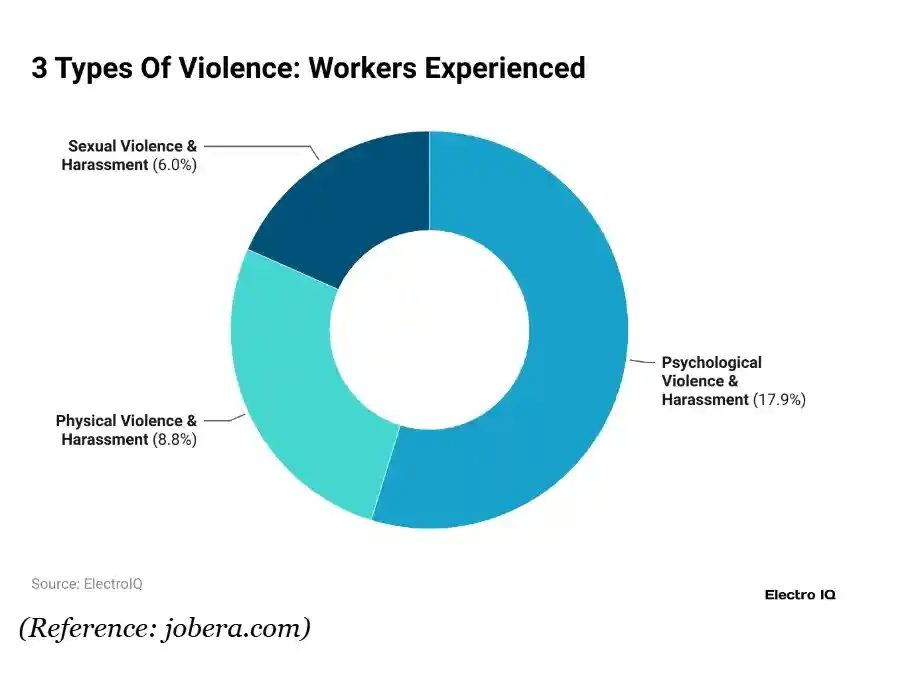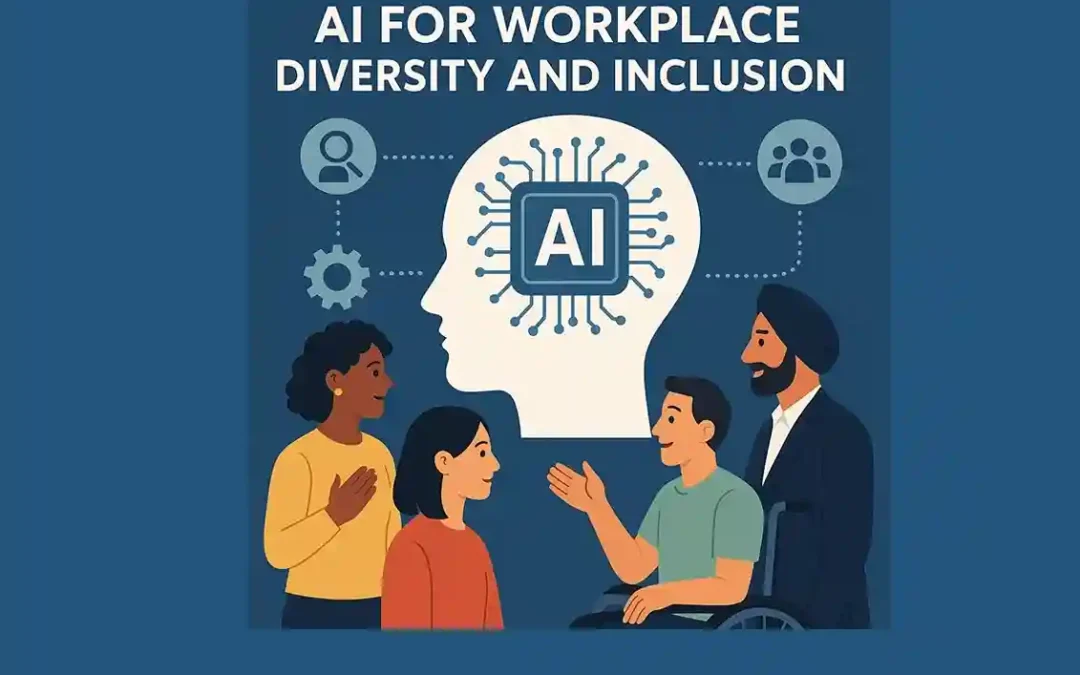Have you dreamt of creating a diverse and inclusive workplace? Organizations that have already embraced diversity have witnessed better creativity and higher productivity. According to a Glassdoor report, almost 76% of job applicants claimed that a diverse workforce is a significant factor in evaluating job offers and companies. But, have you ever imagined an AI diversity inclusion workplace? AI plays a multifaceted and impactful role in promoting diversity, inclusion, and equity. Let us discuss how to use AI for workplace diversity and inclusion.
How Does AI Combat Workplace Discrimination?

Image source- electroiq.com
The biggest challenge for most businesses is workplace discrimination, which manifests in
- Hiring biases
- Unequal treatment
- Pay disparities
This is where AI comes to your help by addressing the issues and facilitating data-driven decision-making. Advanced AI algorithms detect discrimination patterns in hiring practices and salary-related decisions. They analyze a large dataset and help you take the right action for fair treatment for every employee.
AI-powered tools used for recruitment reduce unconscious biases, as they focus on the candidates’ qualifications (no subjective issues). These tools use natural language processing technologies to craft job descriptions to attract several applicants.
Using AI, you will get diversity analytics and detect areas for improvement.
(Job applicants can read our blog on how to get AI job interview assistance)
Can AI Prevent Workplace Violence?
From sexual violence to physical harassment, different workplace incidents affect employees and organizations’ reputations. The good news is- AI helps you prevent these incidents through different applications.
Leverage AI-powered systems to check interactions in the workplace. For instance, AI tools help you analyze video footage and chat messages. Videos show inappropriate behaviors like sexual harassment and bullying. Your HR team can take prompt action depending on the footage.
AI tools have even made it easy to conduct employee sentiment analysis. For example, Insight7 offers sentiment analysis tools. You can make assessments through feedback tools and surveys. Such a proactive approach will help you prevent discrimination problems from escalating further.
How To Use AI For Workplace Diversity and Inclusion?
You can now check for a brief guide on how to use AI for workplace diversity and inclusion. These few strategies will transform your workplace environment.
Do Audits and Monitor AI Systems
The foremost step is to assess algorithms and datasets to find potential biases. The historical data should mirror the AI systems. So, conduct the auditing process to determine the AI diversity inclusion workplace tools that maintain fairness.
Decide On Your Recruitment Process
While using AI-driven HR tools, set standardized recruitment criteria. There should be the same benchmarks to evaluate candidates. It minimizes unfairness and subjective judgments. Your HR team can focus only on skills and competence.
Encourage Internal Communication for an Inclusive Environment
AI diversity inclusion workplace tools promote in-house communication while identifying biased language. So, you can develop a workplace where employees from various backgrounds feel respected and valued. AI-powered language tools also help you review job postings and emails.
Focus On Employees That Have Some Disability
While using AI platforms, ensure that workers with language barriers and disabilities are included in the strategy plans. You need to normalize the accommodation of AI tools.
Important Factors While Implementing Ethical AI
How would you implement ethical and responsible AI for workplace diversity and inclusion? Check for these factors during AI implementation.
Read our blog- Generative vs responsible AI
Data Bias
The training data for AI models should be representative and diverse. It will help you prevent perpetuating biases.
Regular Inspection
You must monitor your AI diversity inclusion workplace tools to asses the impact of the technology. This assessment will help you prevent bias issues and unintended consequences.
High Transparency
Your AI decisions must be explainable to develop trust among
While AI offers significant potential for promoting diversity and inclusion, organizations must prioritize ethical considerations during its implementation.
Human Oversight
It is another significant factor in ensuring proper alignment of AI’s decisions with your organization’s goals and values.
The Impact of AI on Workplace Diversity and Inclusion
AI diversity inclusion workplace solutions will help you overcome various challenges.
Mitigate the Bias
Using AI-driven tools, your HR department can use them for candidate data and job descriptions. It will be easy to identify and remove biases based on culture or language. So, the recruitment process will ensure a fair selection of candidates.
AI-enabled recruitment does not merely focus on resume analysis and qualifications. They even recommend ways to make your job advertisements attractive and inclusive. They use talent data to find highly skilled candidates, promoting workplace diversity and inclusion.
Interpret Workforce Data and Detect Gaps
Diversity and inclusive AI tools manage complex employee data. So, your HR departments and organizations can easily detect hidden inequality patterns.
For instance, an analytical background shows if a particular group of employees is consistently underrepresented. So, understand inequality-like issues using AI tools.
Choose a Customized Approach for Different Backgrounds
Several large organizations use AI solutions for their employees’ personalized career development. It helps them retain diverse talents for the workplace.
A personalized approach ensures that employees from different backgrounds and cultures will feel valued.
Improved Candidate Experience
Candidate experience is another vital factor in the recruitment industry. It directly influences the way a candidate perceives an organization and decides to accept the job offer. The best AI-driven talent sources offer several advantages like timely job alerts and candidate feedback.
Summing Up the Use of AI for Workplace Diversity and Inclusion
AI has a significant impact on workplace diversity and inclusion. From inclusive sentiment analysis to unbiased recruitment tools, everything is easy with AI. You can develop a workplace culture where every employee feels valued. So, combine ethical oversight with AI’s capabilities to create a diverse and inclusive workplace.

